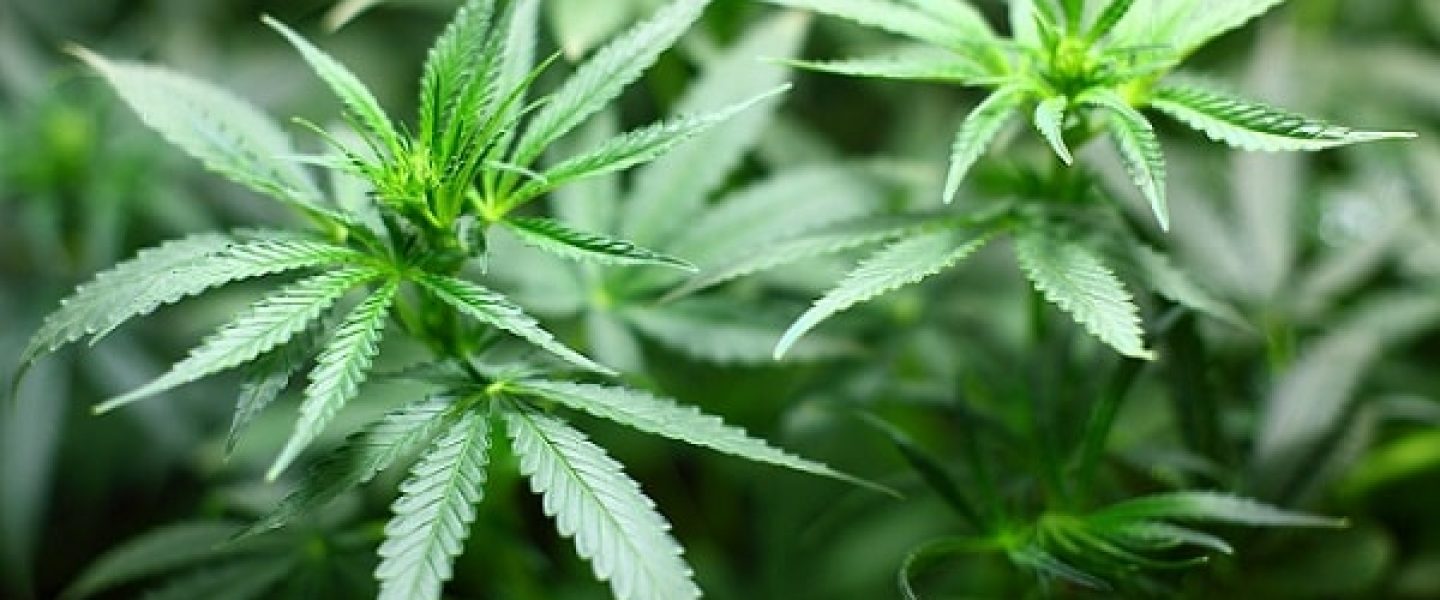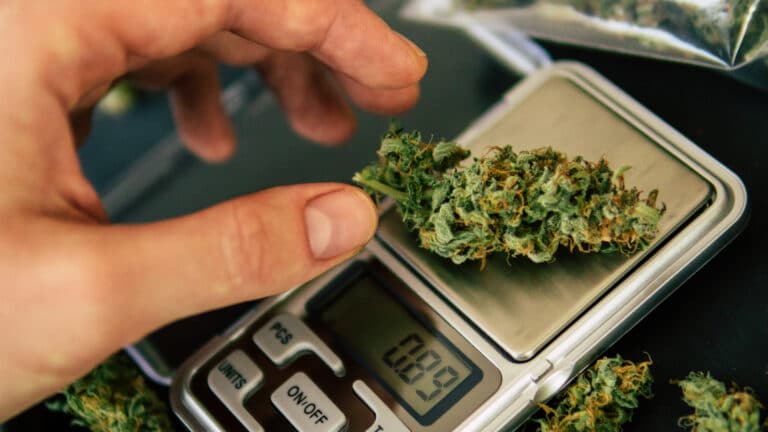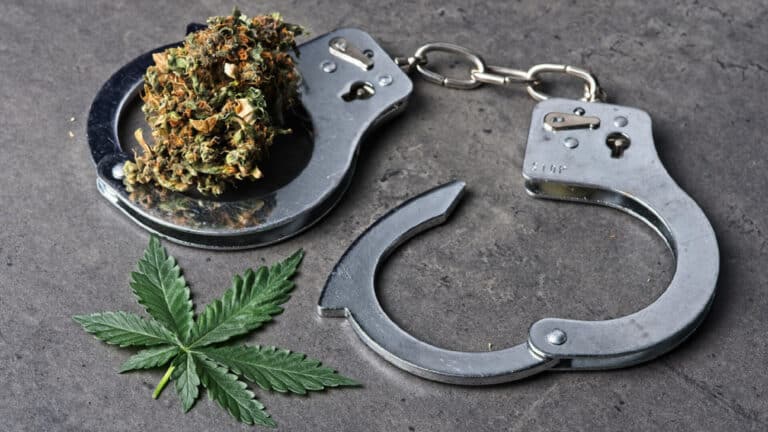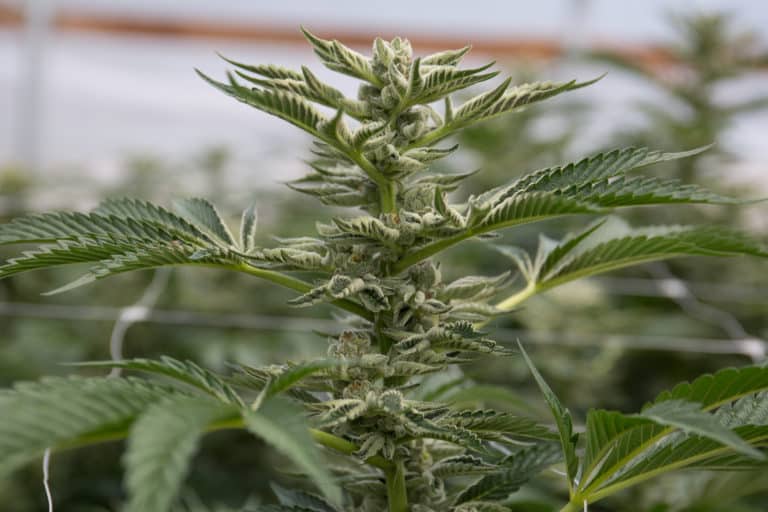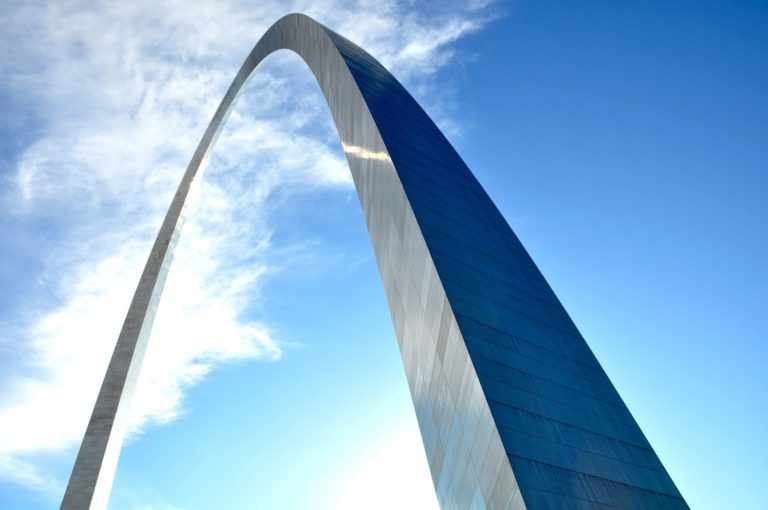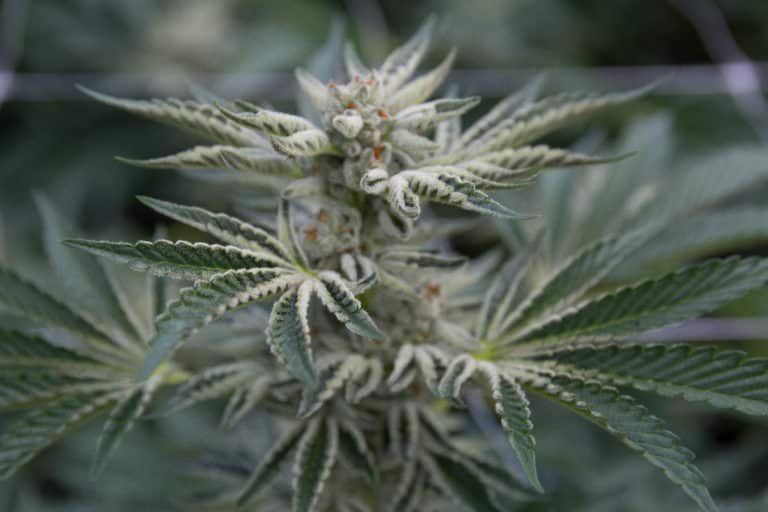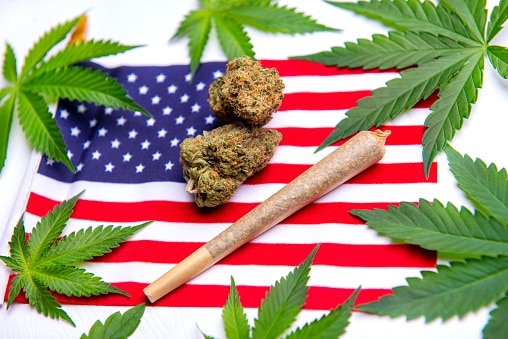Thanks to the widespread legalization of marijuana in more than half of the states in America, cannabis has exploded as a legalized industry, impacting a variety of different revenue sources for communities. From high-paying jobs in cultivation technology and greenhouse growing to dispensary shops, enforcement, and certification to fines for misuse when smoking marijuana in public, cannabis has become big business in the United States.
The problem is that many Americans still do not understand that the laws for cannabis use, possession, and cultivation vary depending on the state of residence, and there can be significant consequences – including jail time – for infractions, even in legalized states. For instance, did you know that possession and use of marijuana in public, in a national park in Colorado is still classified as a federal offense and Schedule II drug infraction, even though the state has legalized medicinal and recreational use? We look at some of the duplicity and mixed message legalities involving cannabis and marijuana crimes.
Why Legalized Isn’t Always Legal for Everyone
As marijuana is still illegal at the federal level in the United States, there hasn’t been a national education effort made to help consumers understand the law as it pertains to marijuana in public use. It is a confusing state for Americans to be in, understanding that federal laws still maintain cannabis as a Schedule I restricted and illicit drug that carries felony convictions and fines, while some states are openly embracing the sale, distribution, and taxation of the drug.
Approved for Prescription Use
Individuals who have specific health conditions may be prescribed cannabis as a method for alleviating certain symptoms. Cancer patients and those with serious chronic pain have been successfully using marijuana for years to provide pain relief, and hospice patients or those who are terminally ill have also successfully used cannabis to stimulate hunger and appetite, as well as to provide symptom relief of muscular spasms, migraines, depression, and other conditions.
States like Alaska and Washington were the first to accept legalized medical marijuana as a prescribed healthcare provision, and it was legalized for pharmacological use as early as 1998 in some states. There are now 26 states in the U.S. that have passed legislation to decriminalize the use of marijuana, when it is prescribed by a physician. In those states, the laws also allow an individual to self-cultivate a restricted number of plants to help economize on the cost of using the drug holistically for health conditions.
For individuals who choose to smoke cannabis without a prescription, they may be subject to either felony or misdemeanor charges, depending on the legislation of the state. Consumers approved for medical reasons are issued a cannabis drug card to identify their right to use and possess cannabis strictly for therapeutic reasons.
Approved for Recreational Use
In some of the more marijuana-liberal states like Colorado, it has been legalized for both medicinal, prescriptive use under the supervision of a medical practitioner, and legalized for recreational use. There are many caveats that govern how much can be purchased and possessed by one person legally, as well as the minimum age required to purchase marijuana and where it can be consumed.
For instance, in Colorado it is illegal for an individual to smoke or vape marijuana in public. It is illegal in that state to sell cannabis to a youth under the age of 21 years, and it is illegal for non-licensed businesses to cultivate or sell cannabis commercially. Individuals may self-cultivate a small number of plants at home, but they may not sell or distribute plants or the marijuana they cultivate for use.
In November 2016, Denver, Colorado became the first American city to allow licensed bars and restaurants to permit the smoking or vaping of marijuana in public on premises that are approved. Rather than only smoking privately at home, visitors and residents of Denver may now enjoy cannabis in select bars and restaurants within the city, while the use of the drug on patios or in clear public view is still illegal to avoid influencing minors.
The legalization of consumption of marijuana in bars and restaurants will further the tourist boom that the state of Colorado has already benefited from. In 2016, the tax revenue from the cannabis industry brought $1 billion dollars to Colorado, which doubled from 2015, when the state experienced a taxation review (exclusive to cannabis sales) of more than $500 million dollars.
The Federal Government Has Technical and Moral Issues Regulating Cannabis
The Food and Drug Administration (FDA) has not approved the use of marijuana for medicinal or recreational use, nor has it classified it other than as a controlled and illegal substance. Part of the great obstacle encountered at the federal level is identifying different variations of the cannabis strain, which can have unique effects, depending on the cultivation technique and hybrid strains involved.
When you consider that alcohol consumption creates a predictable effect, you start to understand why standardization with marijuana is virtually impossible. For instance, two adults can drink the same quantity of alcohol, and there are common side-effects that can be expected – from dizziness to slurred speech, slower motor coordination and cognitive processing, nausea and vomiting, and drowsiness. While different weights and physical factors can speed up or slow inebriation by alcohol, lawmakers feel there is some reliability in the general symptoms of intoxication. Alcohol as a drug is predictable and easier to legislate in terms of legal levels of impairment and negligence.
Per one of the most widely used international authorities on marijuana types and effects (Leafly.com), the database has more than 779 registered marijuana strains on file. Professionals agree that there are likely far more strains available, and new ones are added to the database every week. The website also offers a review, allowing consumers to add their comments on the effects of each strain, from drowsiness and relaxation to feelings of energy and creativity. The database gathers information that may one day be part of an FDA-regulated product.
Chartered banks still do not accept proceeds from the sale of marijuana, as it remains a federal offense, and state legalized dispensaries and growing operations struggle with the administration of finances because of the fracture between state and federal governance.
For now, cannabis remains something of a mystery to the federal government, which grapples with increased pressures from state governments that have legalized it for both prescription and recreation use. In time, most experts agree that a federal standard will be set for the use and possession of cannabis and that the drug will be removed from the current Schedule I classification, along with the steep criminal penalties that exist for it.
Author bio: Sonja M. Shah is an attorney at Eskrew Law LLC. She is passionate, dedicated and devoted about criminal defense, family law, and bankruptcy. She uses transparency to keep clients fully informed and updated. She loves to help, learn and be inspired by those around her as she sees them reach their goals

